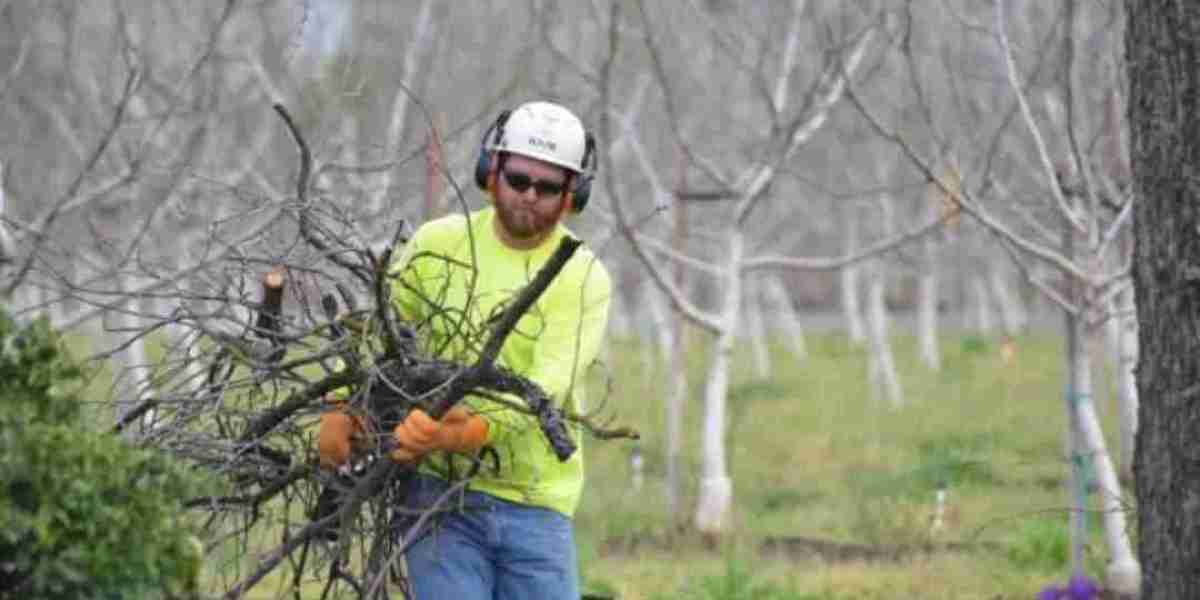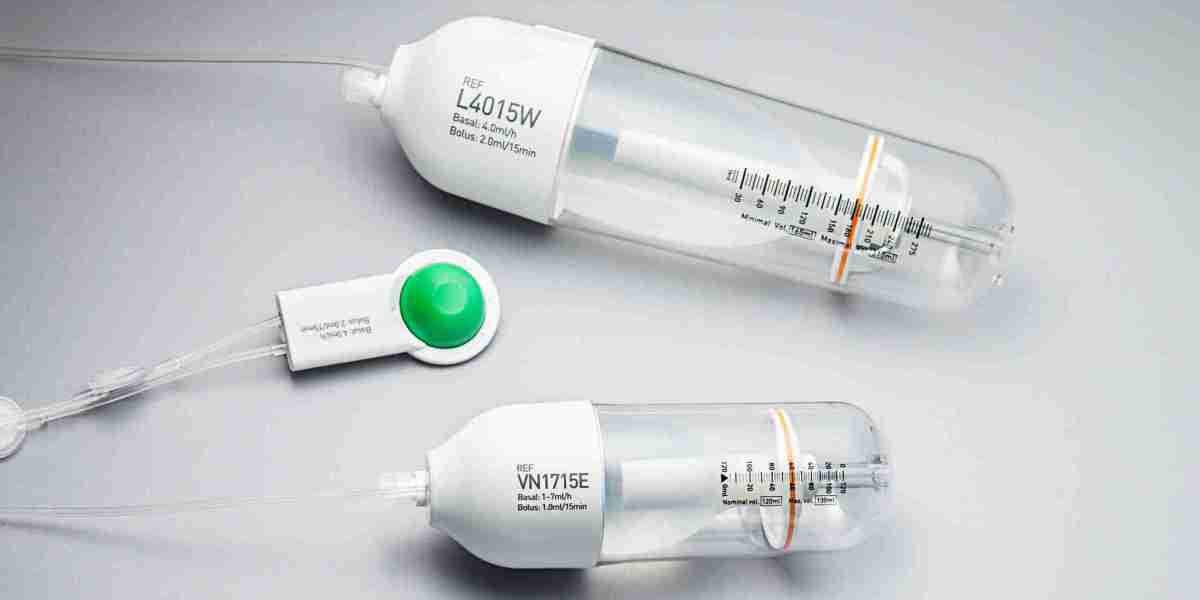Let’s face it—trees don’t exactly come with an instruction manual. But if you want your trees to stay strong, safe, and stunning, tree pruning is something you can’t afford to ignore. It’s like giving your tree a haircut that improves its health, safety, and beauty. Whether you’ve got a backyard maple or a row of ornamental palms, pruning is the secret to long-term tree success.
What is Tree Pruning?
Tree pruning is the process of selectively removing branches to improve the tree’s structure, health, and appearance. It’s not just about aesthetics—proper pruning boosts airflow, reduces disease risk, and prevents branches from becoming hazards.
Why is Tree Pruning Important?
Think of pruning like preventive medicine for trees. Here’s why it’s so important:
1. Promotes Tree Health
Removing dead, diseased, or damaged limbs helps the tree heal and thrive without wasting energy.
2. Improves Safety
Overgrown branches can fall, damage property, or obstruct power lines. Pruning minimizes those risks.
3. Enhances Appearance
A well-shaped tree adds curb appeal. Clean lines and healthy growth make your yard look tidy and cared for.
4. Encourages Fruit and Flower Production
Fruit trees and flowering ornamentals produce better when pruned correctly. More sun = more blooms and better yields.
5. Prevents Overcrowding
Too many branches can reduce air circulation and sunlight, increasing the risk of pests and disease.
When is the Best Time to Prune Trees?
Timing matters—a lot. Pruning at the wrong time can stress your tree or reduce flowering.
Best Seasons for Pruning:
Winter (Dormant Season): Ideal for most trees. Cuts heal quickly, and it encourages strong spring growth.
Late Spring/Early Summer: Good for light shaping or corrective pruning.
Avoid Fall: Fresh cuts may not heal before winter, making the tree vulnerable to disease.
Pro tip: Always prune after the coldest part of winter is over to avoid frost damage.
Types of Tree Pruning
Different pruning methods serve different purposes. Here’s a breakdown:
1. Cleaning
Removes dead, diseased, or broken branches to improve overall health.
2. Thinning
Removes branches to allow more light and air through the canopy. Great for dense trees.
3. Raising
Removes lower branches to clear space for vehicles, walkways, or views.
4. Reduction
Reduces the size of the tree, usually for safety or space issues. Done carefully to avoid stress.
5. Structural Pruning
Used on young trees to train them into a strong, balanced shape as they grow.
Tree Pruning vs. Tree Trimming – What’s the Difference?
Although the terms are often used interchangeably, they’re not quite the same.
| Feature | Tree Pruning | Tree Trimming |
|---|---|---|
| Purpose | Health & safety | Aesthetics & shape |
| Focus | Removes dead/diseased limbs | Shapes the canopy |
| Timing | Seasonal (usually dormant season) | More frequent |
| Tools | Pruners, saws | Shears, loppers |
Bottom line: Pruning = tree care; Trimming = tree style.
How to Prune a Tree – Step-by-Step
You don’t need to be an arborist to do some basic pruning. Just follow these steps:
Step 1: Inspect the Tree
Look for dead, diseased, or rubbing branches. Also check for weak limbs or awkward growth.
Step 2: Use the Right Tools
Clean, sharp tools are key. You’ll need:
Hand pruners (for small branches)
Loppers (for mid-sized limbs)
Pruning saw (for thick limbs)
Pole saw (for higher branches)
Step 3: Make Proper Cuts
Cut at a slight angle just above a bud or branch collar.
Don’t leave stubs or cut too close to the trunk.
Avoid "topping" or cutting the main stem—this harms the tree.
Step 4: Don’t Overdo It
Never remove more than 25% of a tree’s canopy in one season. Less is more!
Common Tree Pruning Mistakes to Avoid
Even with good intentions, pruning mistakes can do real damage. Avoid these:
Topping: Cutting off large branches or the main stem
Lion-tailing: Removing all inner branches, leaving only tufts at the end
Over-pruning: Taking off too much foliage at once
Bad timing: Pruning in the fall or during extreme heat
Using dirty tools: Can spread disease from one tree to another
Should You Prune Trees Yourself or Hire a Pro?
It depends on your comfort level and the size of the job.
DIY is Fine If:
The tree is small
Branches are within easy reach
You have the right tools
Hire a Professional If:
The tree is large or near power lines
You need structural pruning
Safety is a concern
Certified arborists know how to prune for long-term health—not just appearance.
Tree Pruning Tools You Need
Having the right tools makes all the difference:
Bypass Pruners: For clean cuts on small branches
Loppers: Long-handled for mid-sized limbs
Pruning Saws: Ideal for thick branches
Pole Pruners: For high branches without a ladder
Chainsaws (with training): For large, tough limbs
Keep them sharp, clean, and rust-free.
Cost of Tree Pruning Services
The price depends on tree size, location, and complexity.
Average Tree Pruning Costs (USD):
Small trees (under 25 ft): $75–$200
Medium trees (25–50 ft): $200–$500
Large trees (50+ ft): $500–$1,200+
Emergency or hazard pruning: higher rates
Always get quotes from licensed and insured professionals.
How Often Should Trees Be Pruned?
There’s no one-size-fits-all schedule, but here’s a basic guide:
Young trees: Every 1–2 years to shape structure
Mature trees: Every 3–5 years for health and safety
Fruit trees: Annually for productivity
Watch for signs like dead limbs, poor growth, or overhanging branches to know when it’s time.
Conclusion
Tree pruning is more than just a landscaping chore—it’s an investment in the life and beauty of your trees. Whether you’re improving safety, boosting growth, or just keeping things tidy, regular and proper pruning keeps your yard looking amazing. Start small, stay consistent, and when in doubt, call a pro to do it right.
FAQs
Is pruning bad for trees?
No—when done correctly, pruning improves health and growth. Over-pruning or improper cuts, however, can harm the tree.
How much can you prune without damaging a tree?
Never remove more than 25% of a tree’s canopy at once. For mature trees, 10–15% is safer.
Can I prune a tree in summer?
Light pruning is okay, but avoid heavy cuts. Summer is best for removing unwanted growth and shaping.
Will a tree die if I cut a large branch?
Not necessarily, but improper cuts can stress the tree. Always cut just outside the branch collar.
What’s the best tool for tree pruning?
Bypass pruners for small branches, loppers for mid-size, and pruning saws for thick limbs. Use sharp, clean tools for the best results.




